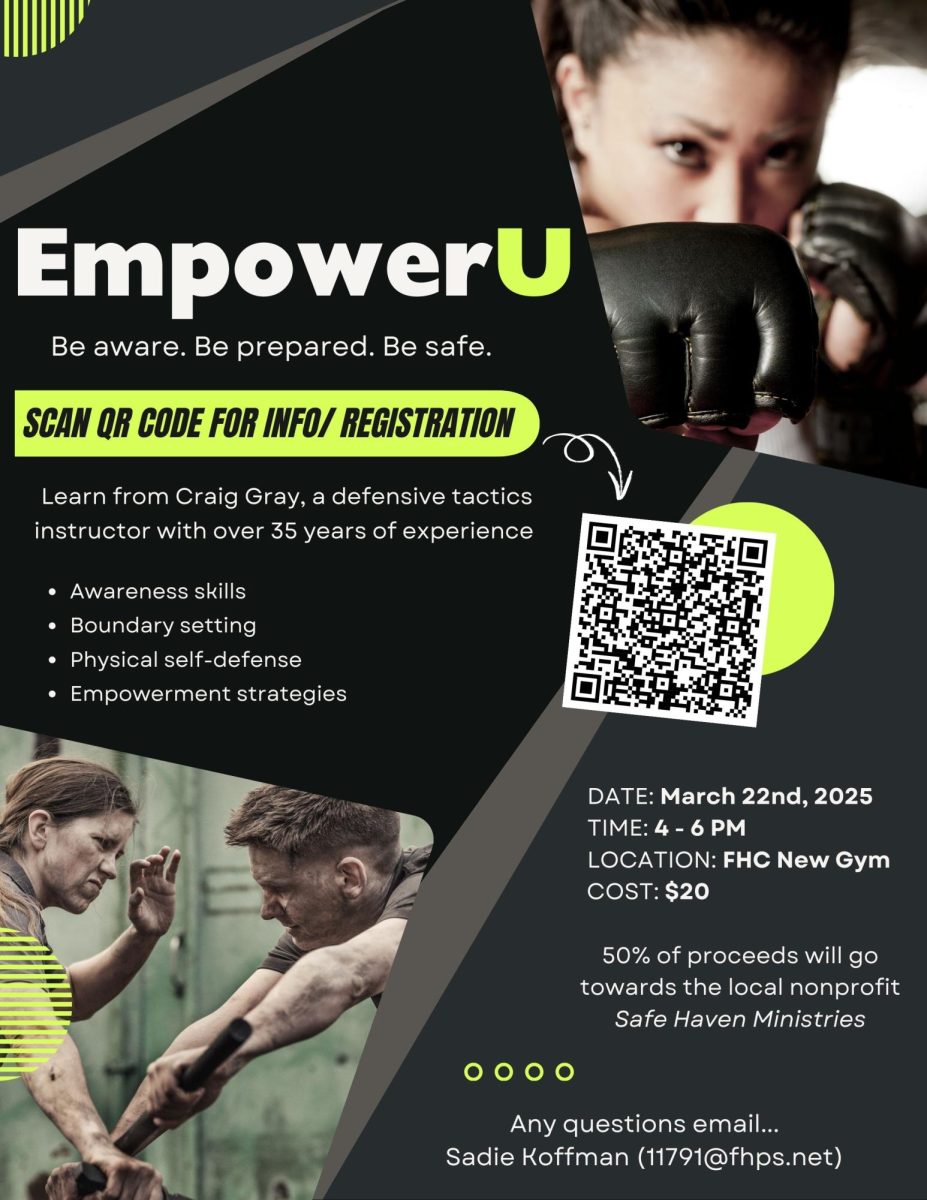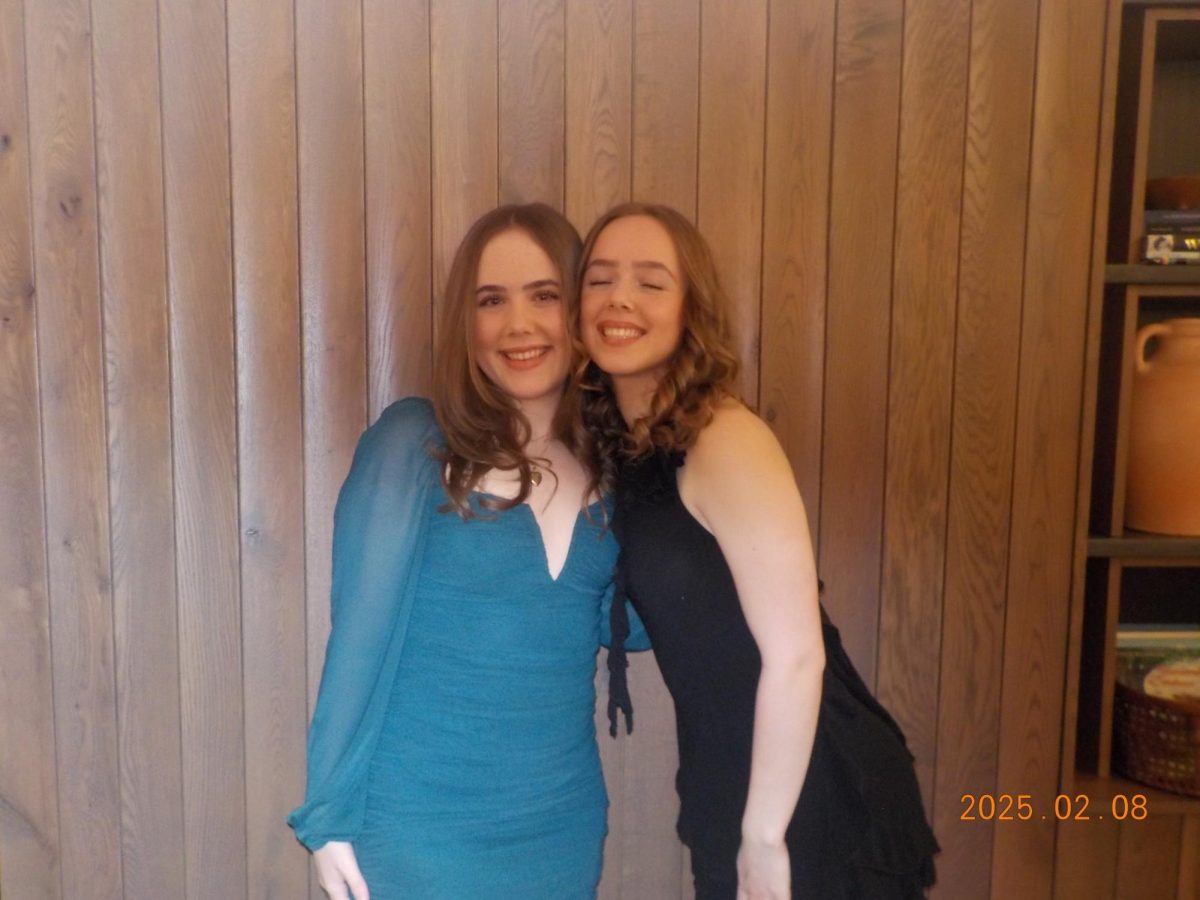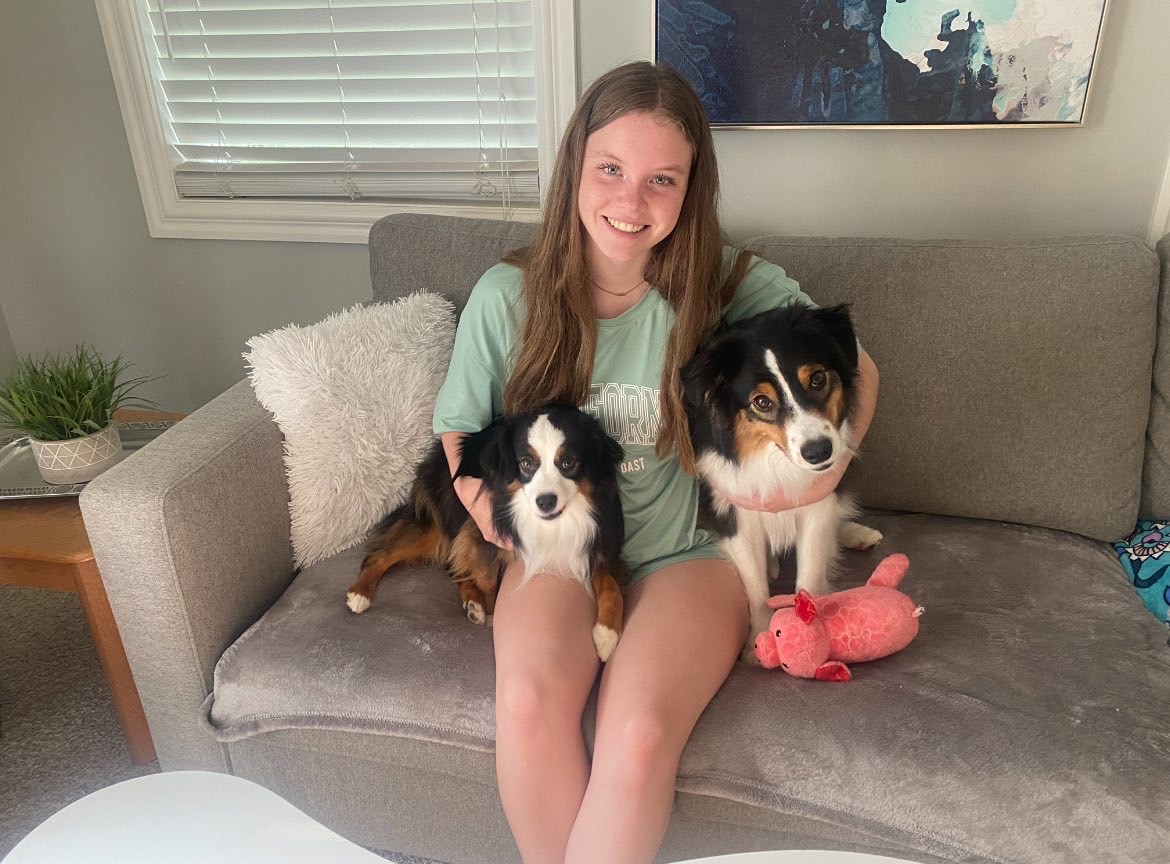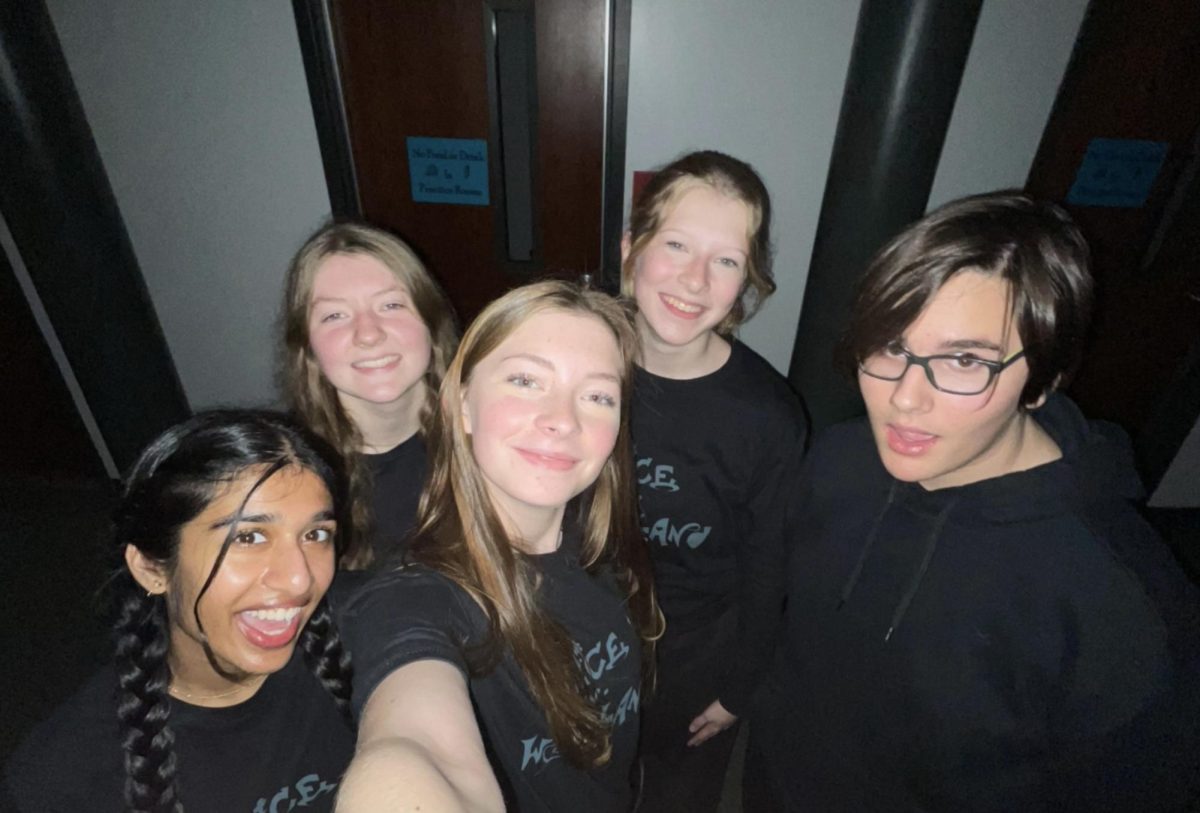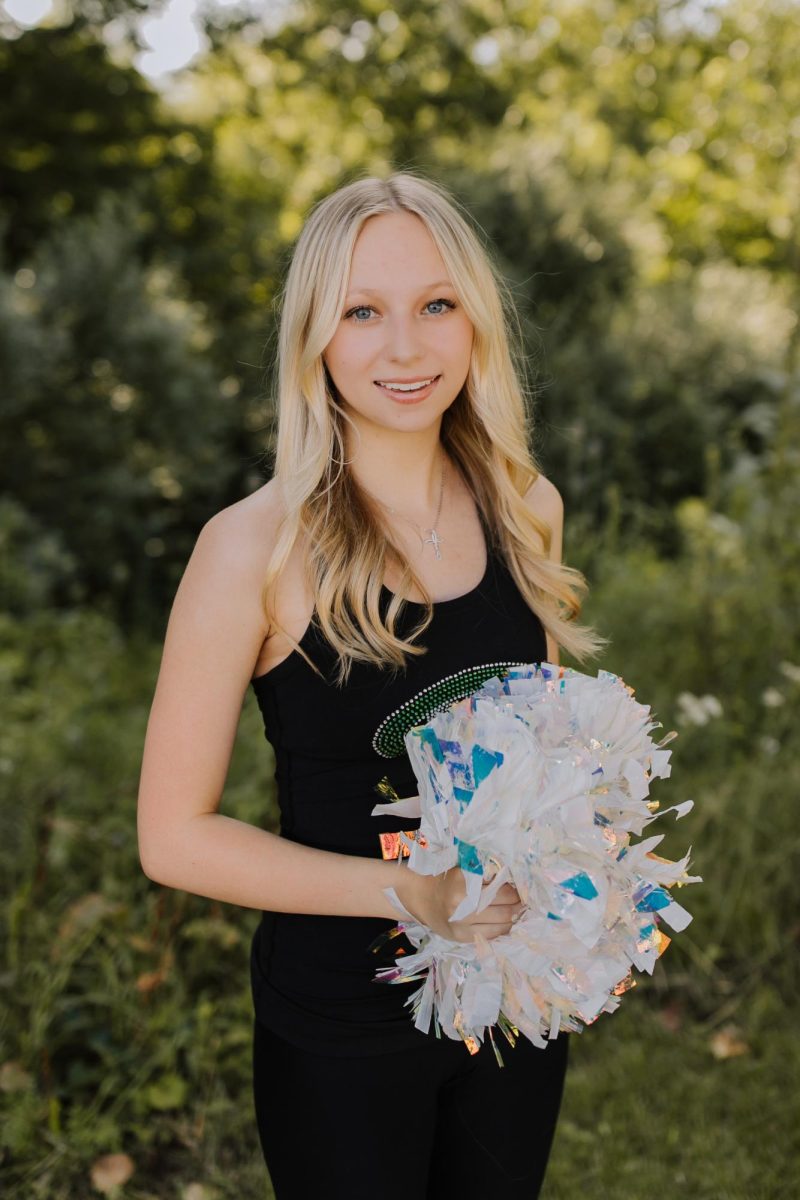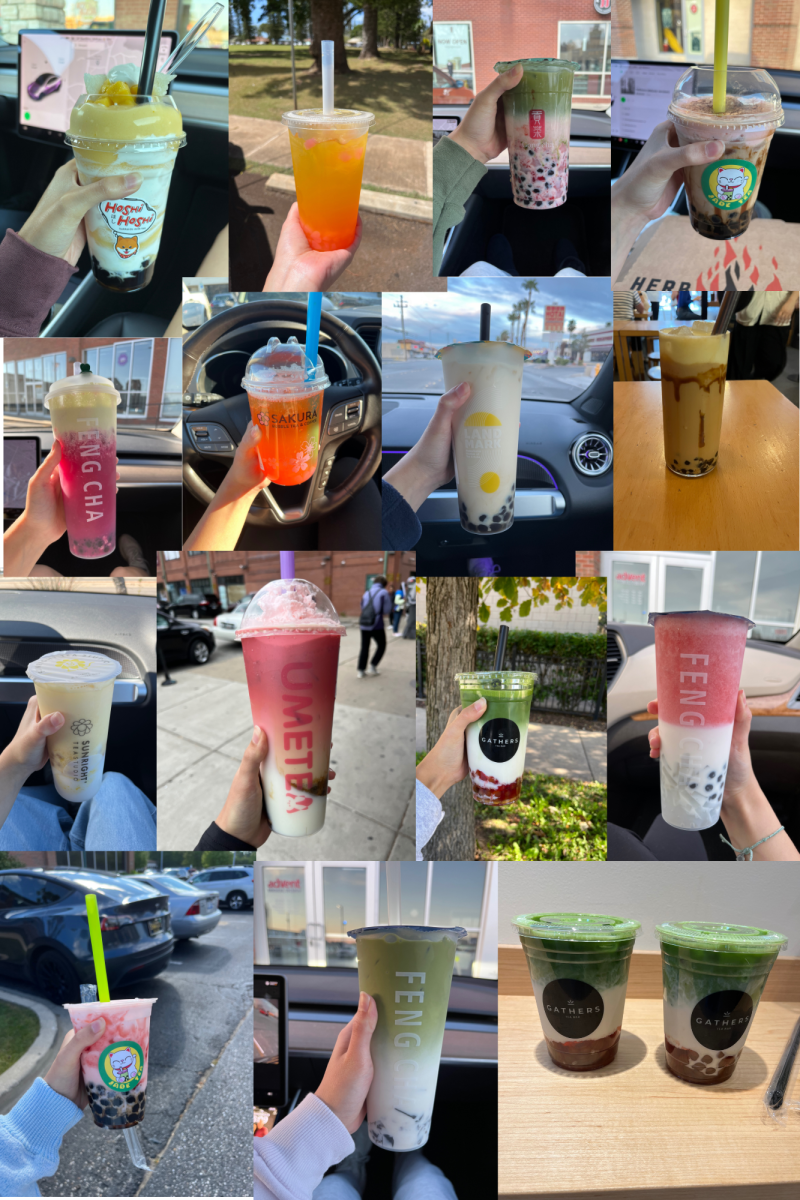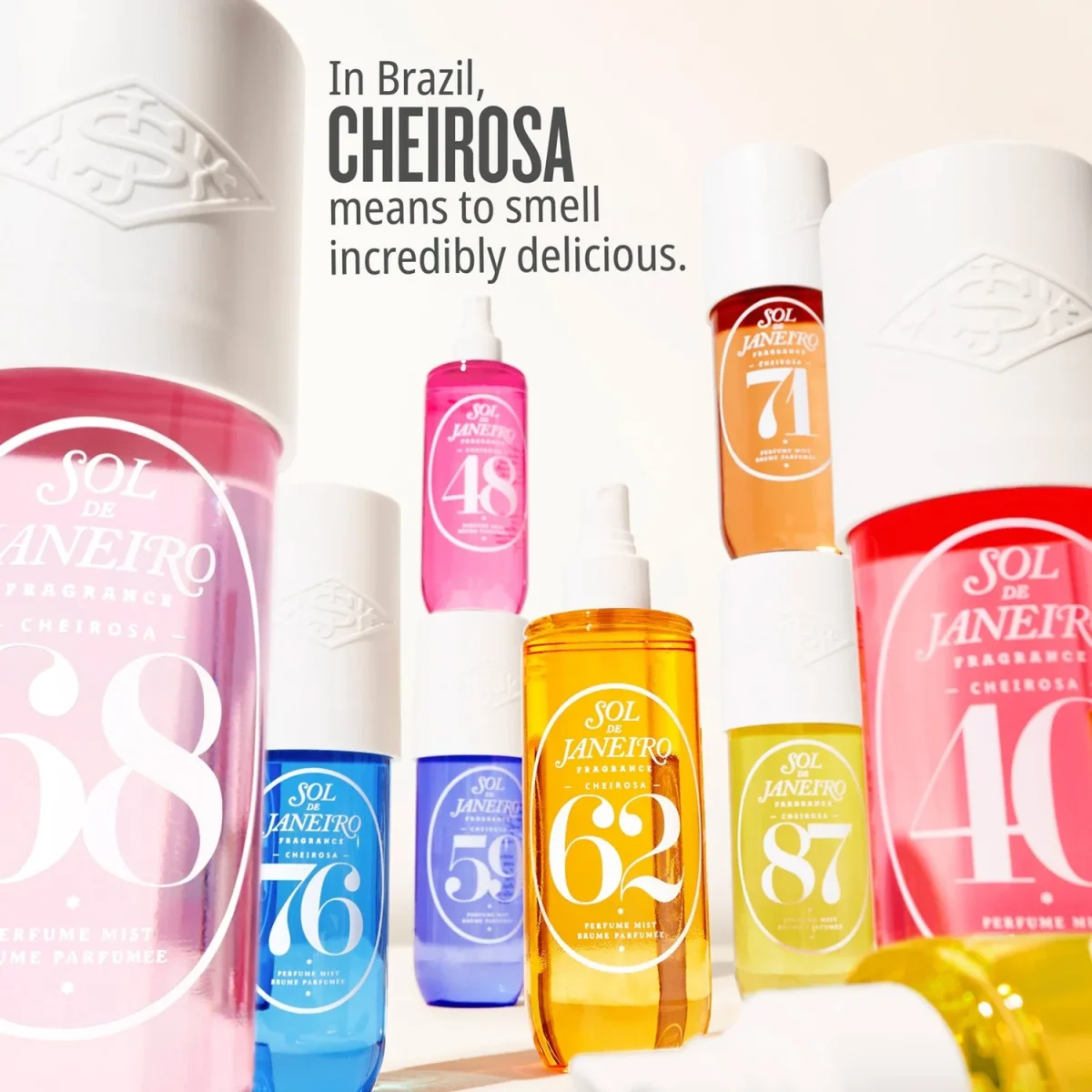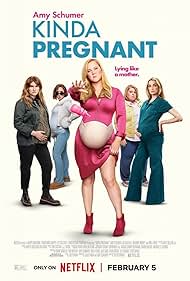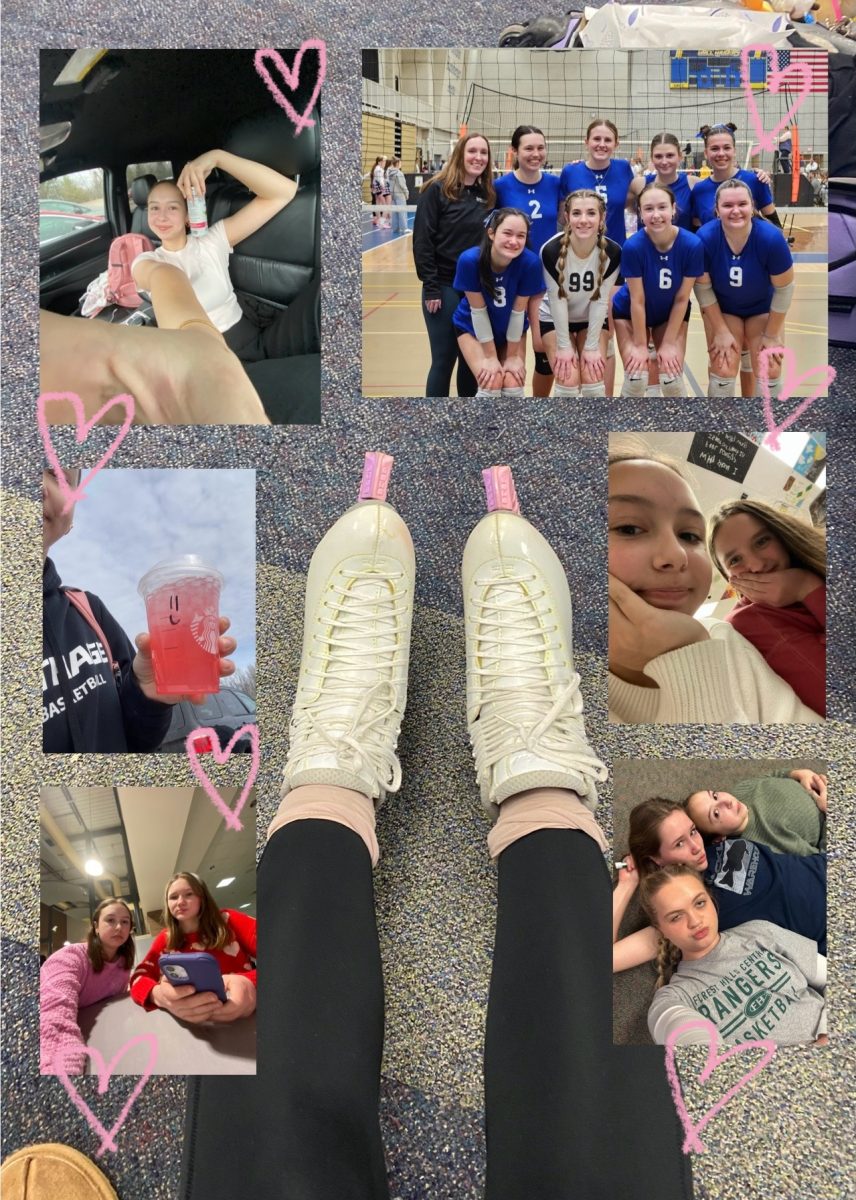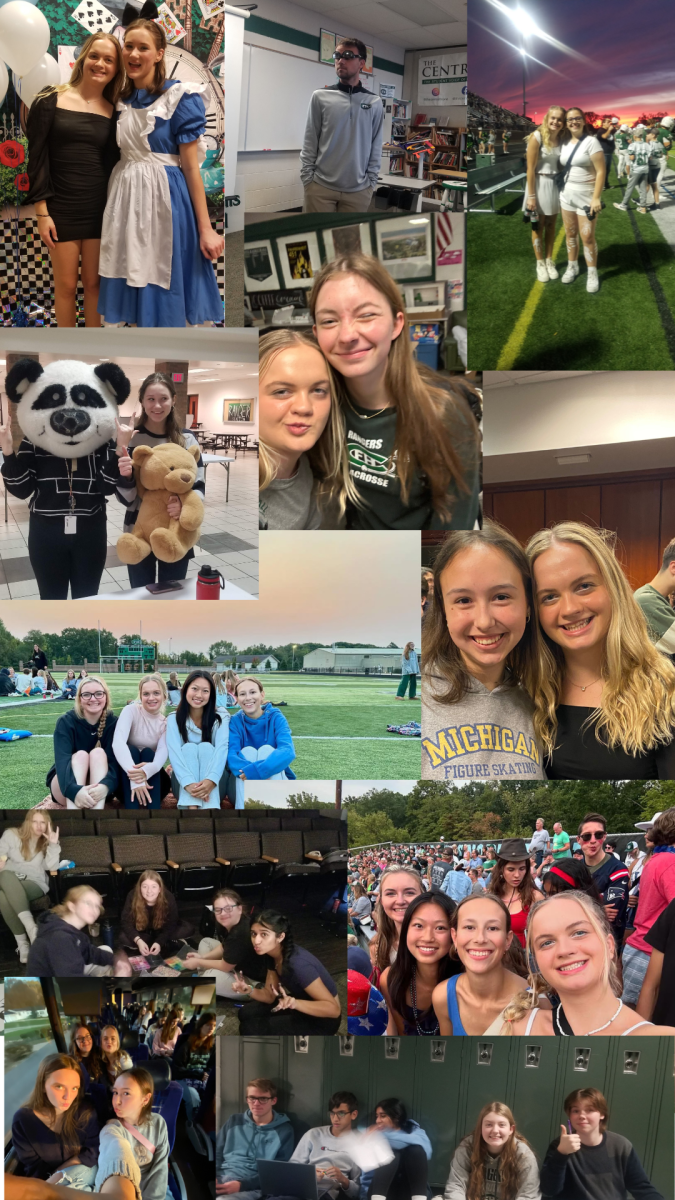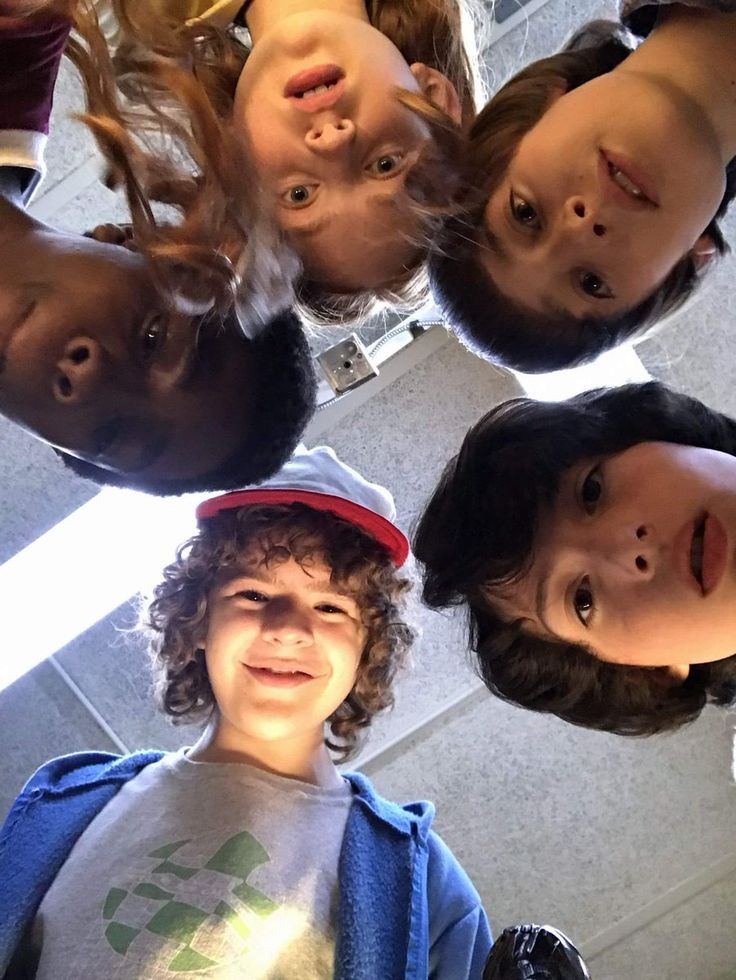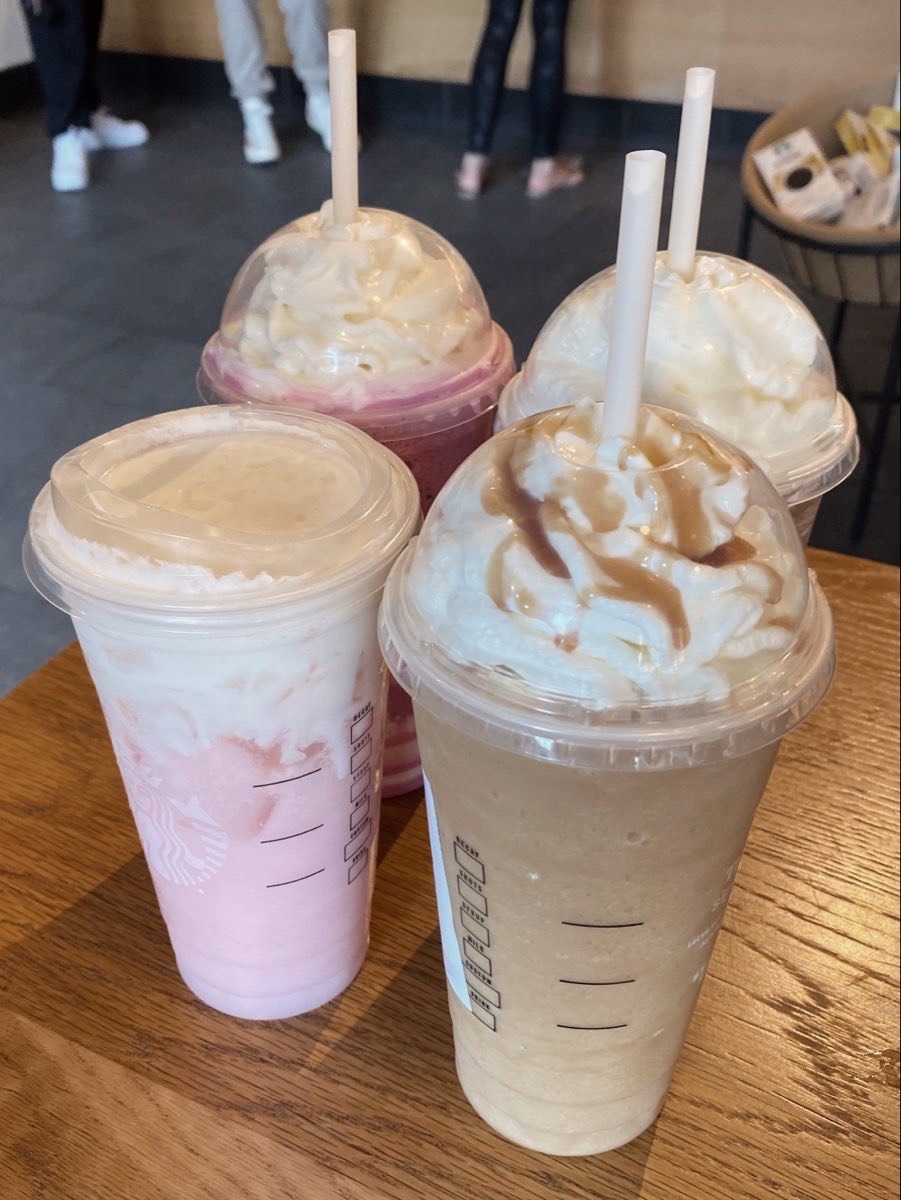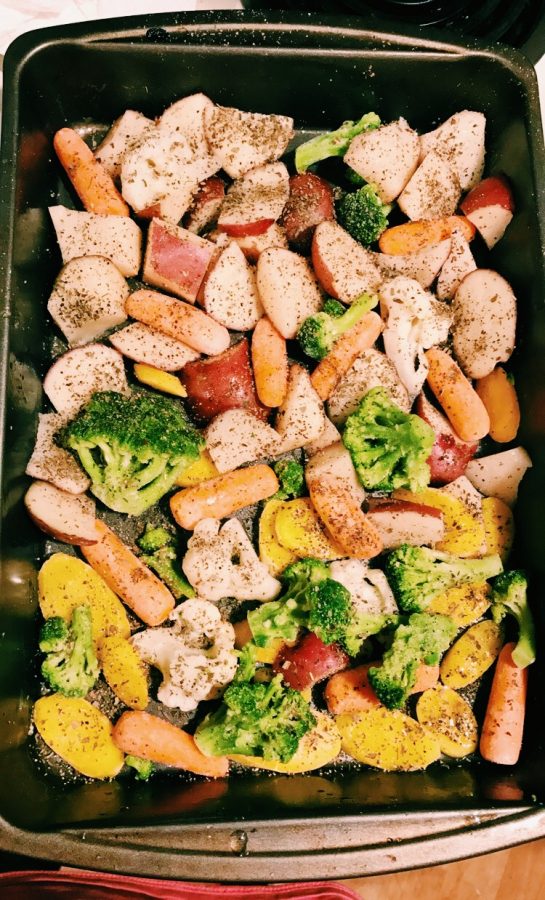Whole30 Program: Rad or Fad?
If you know me, you know I have a Cheetos obsession.
I will shamelessly buy family-sized bags with the knowledge that I’ll be the only person eating them; the entire package would be gone in less than a week.
About a month ago, I was consuming Cheetos at an alarming rate.
I decided it was time for a change. I knew eating little cheese puffs with a coating made out of artificial radioactive-orange powder probably wasn’t the healthiest choice, but alas, vice does indeed plague the human race.
Now, most people are familiar with the idea of a “fad” diet: juice cleanses, intermittent fasting, and whatnot.
These 7-day “detoxifying” rituals have no scientific evidence proving long-term benefits–or even long-term healthy habits.
I was getting a little frustrated with how many quick-fix diets I read about. I wasn’t trying to lose weight; I wanted to eat healthier and be more mindful of my food. Maybe Cheetos were making me feel groggy and gross all the time.
One day, I came across a diet called the Whole30 Program. At first, it sounded ridiculous: cutting out all processed foods, artificial sugars, grains, and dairyai??i?? for 30 whole days!
After digging a little deeper, I realized that the Whole30 Program actually gave some convincing arguments. It wasn’t about weight loss; instead, the point of the program was to get people eating more whole foods (as opposed to processed foods).
That was something I could get behind.
As I read on about the program, I learned that by eliminating certain food groups would curb sugar cravings and ease inflammation on one’s gut.
The most important takeaway, though, was the psychological one; Whole30 supposedly would help people develop healthier food habits and teach them how specific foods affect their bodies.
After 30 days, people would reintroduce the certain food groups into their diet and be able to see how “everything in moderation” is the most ideal state. In a sense, a balance would be found.
I thought about it for a while, and I decided I would try the Whole30 Program.
I had to follow a few simple rules: eat real food (except for the eliminated food groups, of course) and don’t step on a scale during the entire 30 days.
The no-scale rule reinforces the idea that Whole30 is not a weight loss program, and rather a good-habits-building program. According to Whole30, I should always feel full after a meal; I would be doing it wrong if I went hungry.
Since I didn’t want to feel awful if I accidentally ate a “forbidden” food group, I decided to set a few ground rules for myself as well.
I knew that I’d be going on the Disney band trip during the 30 days, and I knew that whole, unprocessed foods would not always be available during mealtimes. I would try my best to stick to “whole foods,” but if I can’t find a better option, I’d rather eat some of the “eliminated food groups” than not eat at all.
This was a good call.
The first night we got to Disney, the restaurant where we ate only had burgers, chicken nuggets. Thanks to my little “bend in the rules,” chicken nuggets technically counted as meat, which I could eatai??i?? even though it was fried; french fries were technically potatoes.
I figured this was a better way to go than eating a burger without the bun.
Another ground rule I had was this: Whole30 would not interfere with my social scene. I did not want Whole30 to make me feel like I couldn’t hang out with friends at certain restaurants because of the food they served.
I say this specifically because of Brown Butter Creperie, which is a brunch favorite of mine.
When a friend came home from college last weekend and wanted to get crepes with me, I happily agreed; I valued a friendship and a meal filled with great conversation over a little “no bread” rule.
Before I actually started Whole30, I spent up to two weeks easing myself into a habit of cooking my own food (leading up to the start of the 30 days) so that I try out a few recipes.
I knew if I went cold-turkey and just stopped eating bread (and my beloved Cheetos) all of a sudden, I would just crave them even more.
Once I officially started the program, I kept a spreadsheet of the meals I ate and comments on how I felt that day. I made notes on energy level, hunger, and sometimes even bowel movements. I want to be more mindful of how I felt, right?
I also kept a journal that talked about my day and feelings in more depth. There, I made comments on things like the chicken nuggets at Disney or the crepes at brunch. With this method of keeping tabs, I felt a lot more comfortable with the program as a whole (no pun intended).
One of my favorite meals to make at home was roasted vegetables and salmon. I would put broccoli, cauliflower, carrots, and potatoes into a pan next to a few slabs of salmon. I would season the vegetables with herbs; for the salmon, I used a homemade garlic sauce.
I noticed that not even a week into Whole30, I felt more motivated to go to the gym; I figured I might as well capitalize on this opportunity to exercise.
While I couldn’t find something that technically “fit” the rules on the first night we were in Disney, I think I did pretty well the rest of the days.
I mainly had salads or soups containing chicken and vegetables for my meals in the parks. For the hotel breakfast, I would get a bowl full of eggs, spinach, and fruit every morning (along with some black coffee, of course).
I did feel pretty bloated on the trip, though. This was probably due to slight dehydration; while I tried my best to drink water all day, I was also sweating it off from walking around the parks. Without being fully hydrated 24/7, I felt a little off.
After I got home, this bloating immediately went away; I could spend my sedentary school day drinking water and rehydrating myself.
For the most part, my energy levels went up. I felt like I got better quality sleep, and I was usually in a good mood.
If those pros of Whole30 weren’t enough, I discovered a number of new recipes along the way. I liked the feeling of cooking for myself, and the sense of accomplishment when I pulled roasted vegetables out of the oven was liberating.
Whole30 has made me realize what people who are gluten-free or dairy-free have to go through. I’m grateful that I don’t have these type of health-related restrictions, and I realize I’m very privileged to be able to choose my food so freely.
I definitely gained a greater insight into what I eat and how food can affect the way I feel.
While I would love to keep up such healthy habits, I am more than ready to immerse myself in the world of bread and pasta again. Maybe I won’t jump in all at once, though; maybe I’ll just start with a bag of Cheetos.
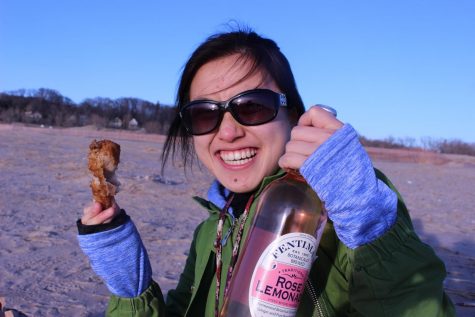
Irene is a senior who loves linguistics, long runs, and laughter. She also enjoys airports, thunderstorms, and long drives to the middle of nowhere.






